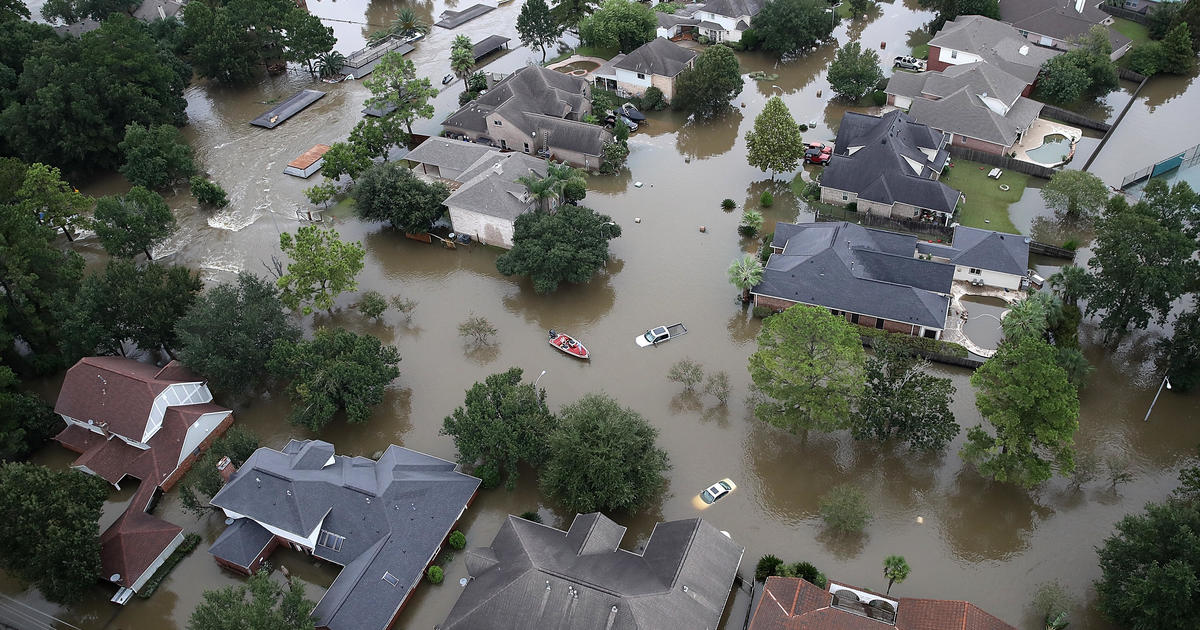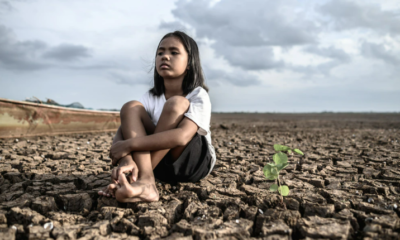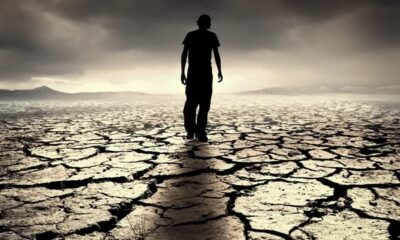Insights
Floods, Climate Change: Necessitating Climate Action

By Shaimaa ElShafie
The industrial revolution resulted in global warming, which unleashed the planet’s wrath on its inhabitants. As a result, the amount of rain increased in an unprecedented way for more than fifty years; floods and torrents increased, causing the sinking of many villages and the death and injury of many people all over the world. Since the start of the Industrial Revolution, the world has warmed by around 1.2 degrees Celsius, and temperatures will continue to climb unless governments around the world drastically reduce harmful emissions.
The year 2021 alone witnessed a lot of torrential rains, floods, dam collapses, and an increase in tides due to very large amounts of rain in Oman, China, India, Nepal, Egypt, as well as many other countries in the different continents.
Oman
Hurricane Shaheen, which struck the Sultanate of Oman on October 4, 2021, led to the loss of many lives, the sinking of the city of Muscat and a mountain collapse in the Al-Wattia area due to the huge amount of rain, the death of many fish with the approach of the hurricane, the sinking of shops, the rise of water in the valleys, and many manifestations of destruction on the Wilayat of Al-Khaboura and Wadi Al-Hawasna. The damage to the infrastructure was excessive, as road networks in those states were cut off, communications, electricity, and water lines were down, in addition to the severe damage to the homes of citizens and residents. The losses occurred due to the amount of rain, which reached record levels that the Sultanate of Oman had not witnessed before, and due to the strong winds that accompanied the heavy rains.
China
In China, tragic rains drowned the city of Zhengzhou on July 21. About 200,000 people were evacuated, and 36,000 of the city’s residents were affected by the disaster.
India and Nepal
In October 2021, more than 100 people died after torrential rains triggered flash floods that hit northern India’s Uttarakhand state and parts of the neighboring country of Nepal. After the heavy flood drove away the earth and caused the soil to crumble, the victims fell because their homes were entirely flooded or crushed by falling rocks. Heavy rains in Kerala, India’s southernmost state, resulted in devastating floods that killed 39 people. The amount of rain in Uttarakhand rose to 328 mm in the course of 24 hours, while the amount of rain recorded annually in October often is not more than 30.5 mm.
Egypt
The Aswan Governorate in southern Egypt was devastated by a wave of heavy rain that lasted for several hours, causing homes and infrastructure to be demolished and cemeteries to be swept away. The flood led to the demolition of the homes of 612 families of the residents of 14 villages west of Aswan, as well as the loss of their sources of livelihood. Add to that a sand storm along with the heavy rain, which led to the erosion of the soil and the demolition of the nests of scorpions and snakes. Consequently, the species had a fierce reaction towards the residents of Aswan, stinging and injuring more than 500 people from the people of Aswan.
The world is in a race against time to reduce emissions and assist the world’s most vulnerable people cope with climate impacts that are currently there and will worsen in the coming years. “The end of the world clock is ticking”, according to British Prime Minister Boris Johnson, who hosted the 2021 United Nations Climate Change Conference (COP26), “We listened to the scientists and we should not ignore them.”












